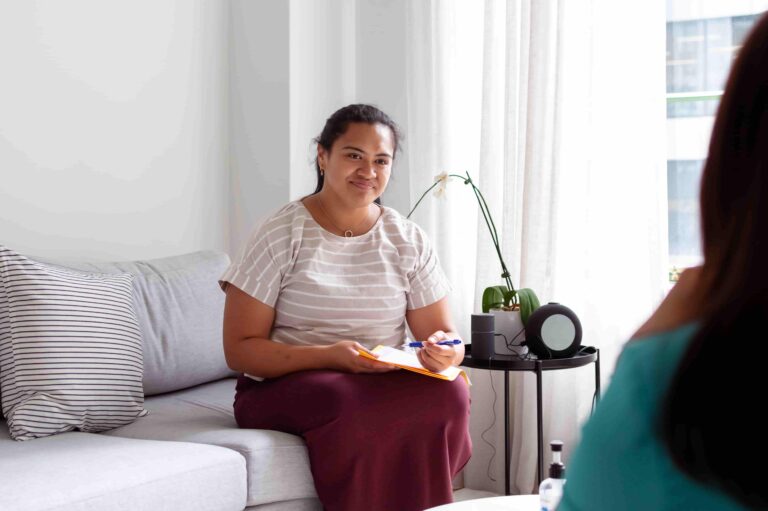
Changes to NDIS Price Limits from 1 July 2025.
The new NDIS Pricing Arrangements and Price Limits (PAPL) 2025-2026 have been released, with changes impacting multiple support areas. Key changes include new price limits for support workers, some therapy supports and therapy travel claims. All changes apply from 1 July 2025. The NDIA says the updated rates are designed to improve value, consistency and fairness across the NDIS. Here’s what you need to know. Capacity Building supports. From 1 July 2025, new national price limits will apply for physiotherapy, psychology, dietitian and podiatry supports. Different price limits for each state and territory will no longer apply. Physiotherapy The new national hourly price limit is $183.99 This represents a decrease in all states and territories. Psychology. The new national hourly price limit is $232.99 This is an increase of $10 in NSW, VIC, QLD and the ACT but a decrease in other locations. Dietitians and podiatrists. The new national hourly limit is $188.99 This is a decrease of $5 an hour. Changes to therapy travel claim rules. From 1 July 2025, updated travel claim rules apply to therapy providers: Labour costs for travel will be capped at 50% of the hourly therapy price limit Existing claiming rules, including time-based limits







